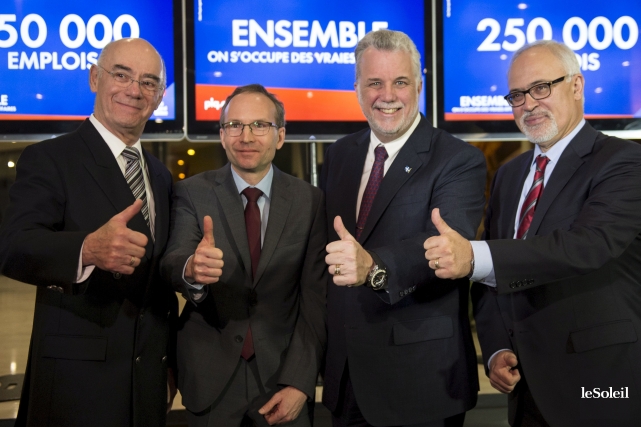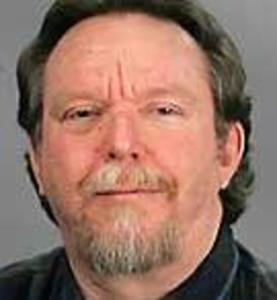In terms of political power and influence in Liberal governments in Quebec, women and minorities lost ground on Wednesday when new Premier Philippe Couillard presented his cabinet.
The previous Liberal premier, Jean Charest, had set precedent by temporarily achieving numerical parity between women and men in his cabinet from 2007 to ’09.
Not only were women equal to men in number at the highest level of the government, they held important positions, led by the powerful Monique Jérôme-Forget in the finance and Treasury Board portfolios.
Couillard, however, did not even try for gender parity.
Only 18 of the 70 Liberals elected on April 7 are women.
So Couillard said he would settle for a “zone of parity” in his cabinet, “between 40 and 60 per cent.” That is, he lowered his real objective to 40 per cent — and then failed to achieve even that.
Only eight of his 26 ministers, or 31 per cent, are women (though Liberal caucus chair Nicole Ménard will also attend cabinet meetings).
And none has a portfolio as important as education, which Charest entrusted to Michelle Courchesne and then Line Beauchamp.
One surprise in Couillard’s cabinet lineup is the absence of Julie Boulet, the minister responsible for the Mauricie region through most of Charest’s nine years in office.
Couillard had said his prospective cabinet appointments would be subject to “deep verifications.” Boulet, a former transport minister, is among several Charest ministers who have been mentioned at the Charbonneau inquiry, though she has not been accused of any personal wrongdoing.
Another surprise is the absence from a Liberal cabinet table of a representative of the Jewish community.
David Birnbaum, recruited by Couillard to be the new Liberal MNA for the so-called “Jewish riding” of D’Arcy-McGee, had to settle for being one of Couillard’s three legislative secretaries.
Only two other anglophones were named ministers: Geoffrey Kelly for native affairs, and Kathleen Weil for immigration, “diversity and inclusiveness.”
In Charest’s last lineup before the Liberals were defeated in the 2012 general election, there were four anglos at the cabinet table, including the caucus chair.
The new government was sworn in amid springtime optimism in Quebec.
The snow was finally gone, at least in the southern regions, and so was the threat of separation, for at least the next four years.
And a population that had been divided by the wedge politics of the former Parti Québécois government had temporarily come together behind the Canadiens in the Stanley Cup playoffs.
Couillard and his new ministers should enjoy the good mood while it lasts — which may not be for long.
In a Léger poll a few days after the election, 60 per cent of French-speaking voters said they were dissatisfied with the Liberals’ election.
And before summer, the government will table what will probably be an unpopular austerity budget.
The day before the Liberal cabinet was sworn in, La Presse reported that the PQ government had lost control of public spending.
To balance the budget by 2015-16, the newspaper reported, the new government might have to defer pay raises for doctors and impose a wage freeze on employees in the civil service and health and education networks.
This, combined with possible cuts in public services, could result in protests like the ones that turned public opinion against the plans of Charest’s newly-elected Liberal government in 2003 to reduce the size and cost of the public administration.
So Charest’s government backed down. The credit-rating agencies that determine how much interest Quebec must pay on its growing debt may not give Couillard’s government that option.
[dmacpherson@montrealgazette.com->dmacpherson@montrealgazette.com]
Twitter: DMacpGaz
Don Macpherson: Choosing a new inner circle


























Laissez un commentaire Votre adresse courriel ne sera pas publiée.
Veuillez vous connecter afin de laisser un commentaire.
Aucun commentaire trouvé